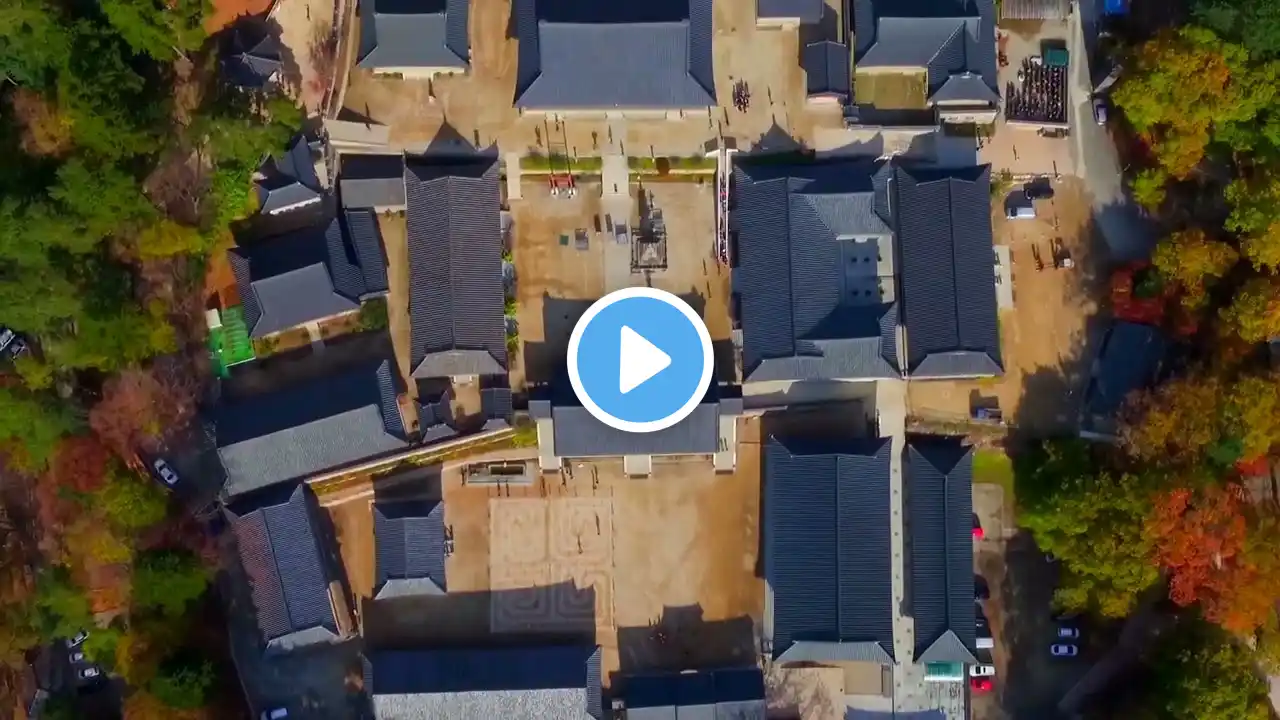
천년의 시간여행 해인사 & 팔만대장경 - Haeinsa & The Tripiṭaka Koreana, The UNESCO World Heritage Site
한국인의 자랑스러운 위대한 유산인 '팔만대장경'을 보러 합천 해인사를 방문했습니다 천년고찰의 아름다움과 자연의 조화, 그리고 팔만대장경의 위대함까지! 순천시의 송광사, 양산시의 통도사와 함께 한국의 3보 사찰로 꼽히는 '해인사'! 모하메드와 함께 천년 전으로 시간 여행 떠나보실까요?! 'Haeinsa' is a head temple of the Jogye Order of Korean Seon Buddhism in Gayasan National Park, South Gyeongsang Province, South Korea The temple was first built in 802 Haeinsa is most notable for being the home of the Tripitaka Koreana, the whole of the Buddhist Scriptures carved onto 81,350 wooden printing blocks, which it has housed since 1398 The Tripiṭaka Koreana (lit Goryeo Tripiṭaka) or Palman Daejanggyeong ("Eighty-Thousand Tripiṭaka") is a Korean collection of the Tripiṭaka (Buddhist scriptures, and the Sanskrit word for "three baskets"), carved onto 81,258 wooden printing blocks Taking more than 70 years to create, the original Tripitaka was completed in 1087, but was destroyed in 1232 during a Mongol invasion In the hope that Buddha might intervene and drive out the Mongolian invaders, King Gojong ordered the collection to be remade It is the world's most comprehensive and oldest intact version of Buddhist canon in Hanja script, with no known errors or errata in the 52,330,152 characters which are organized in over 1496 titles and 6568 volumes The Tripitaka woodblocks were declared a National Treasure of South Korea in 1962 and a UNESCO World Heritage Site in 1995 (References: Wikipedia)








